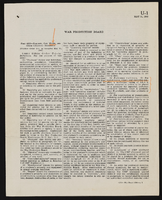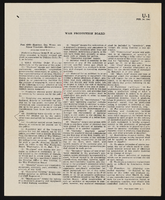Search the Special Collections and Archives Portal
Search Results
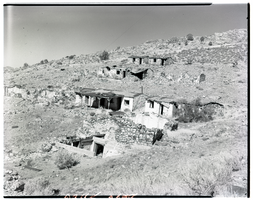
Film transparency of a ghost town, Delamar, Nevada, 1956
Date
Archival Collection
Description
Image
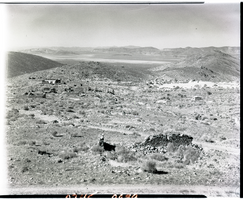
Film transparency of a ghost town, Delamar, Nevada, 1956
Date
Archival Collection
Description
Image
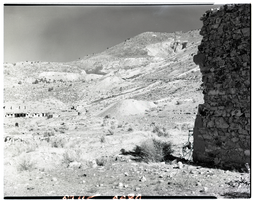
Film transparency of a ghost town, Delamar, Nevada, 1956
Date
Archival Collection
Description
Image

Gabriel Garcia oral history interview: transcript
Date
Archival Collection
Description
Oral history interview with Gabriel Garcia conducted by Monserrath Hernandez and Barbara Tabach on November 13, 2019 for the Latinx Voices of Southern Nevada Oral History Project. In this interview, Garcia discusses his early life in Arizona and moving to Las Vegas, Nevada in 1984. He remembers attending a sixth grade center, the Pacific Engineering and Production Company of Nevada (PEPCON) explosion, and attending Las Vegas High School. Garcia talks about Mexican culture in Las Vegas, car clubs, and becoming a graphic designer. Lastly, Garcia discusses his involvement with the Association of Latino Professionals for America, and the idea of diversifying the professional workplace.
Text
Mark L. Fine Papers
Identifier
Abstract
The collection dates from 1920 to 2019 and is primarily comprised of business and organizational records, press, photographs, scrapbooks, audiovisual materials, awards, and ephemera documenting Mark L. Fine’s career as a real estate developer in Southern Nevada and his work with various government and community organizations. The bulk of the material dates from 1980 to 2005.
Archival Collection
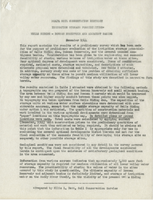
Report by Moapa Soil Conservation District on irrigation storage possibilities of Wells Siding, Bowman Reservoir, and adjacent basins, December 1944
Date
Archival Collection
Description
Results of a preliminary survey of irrigation storage potential of Wells Siding, Bowman Reservoir and other nearby sites.
Text

Jamey Stillings Artist Statement: "Changing Perspectives: The Evolution of Ivanpah Solar," 2015
Date
Archival Collection
Description
Text


